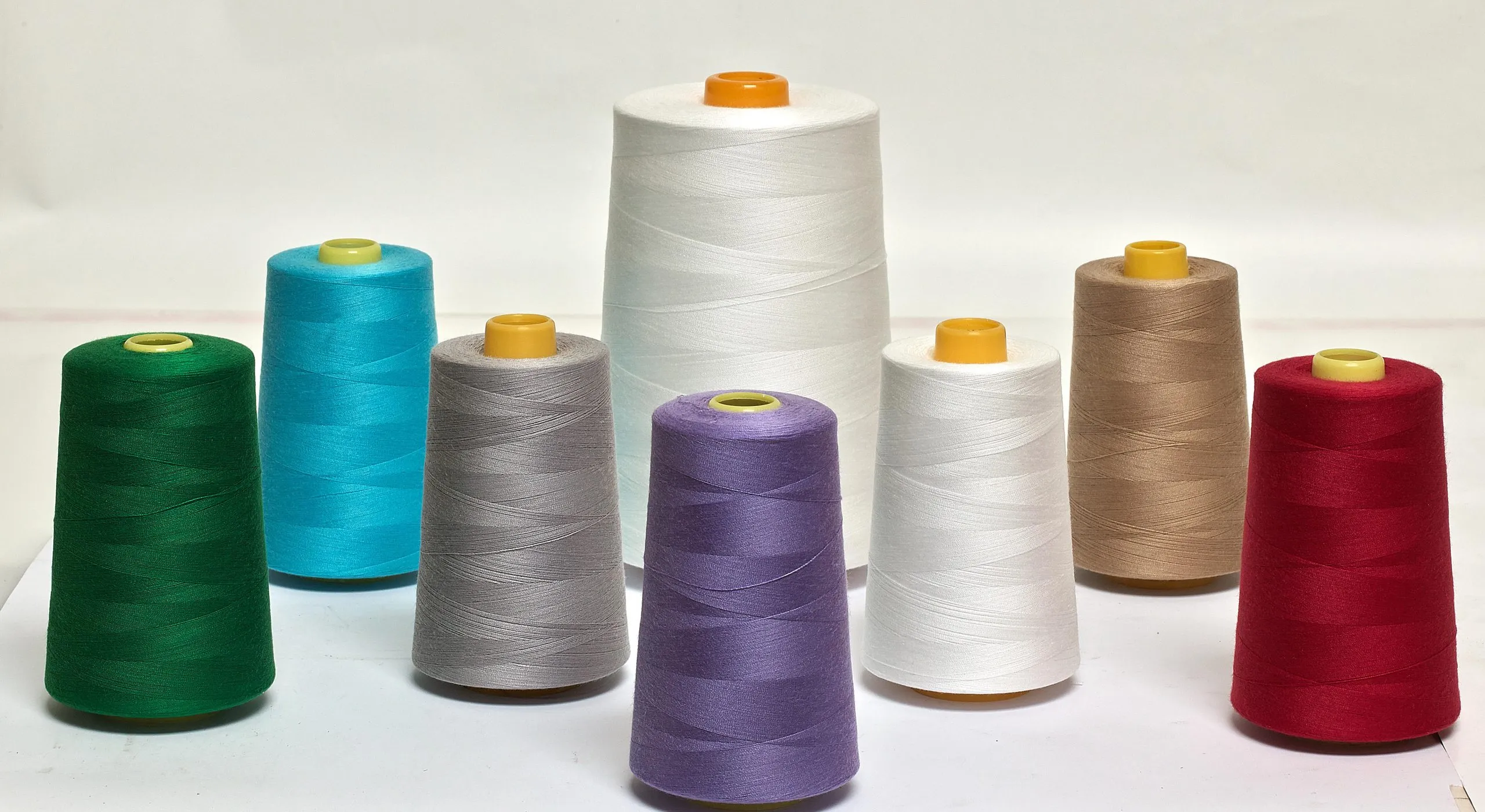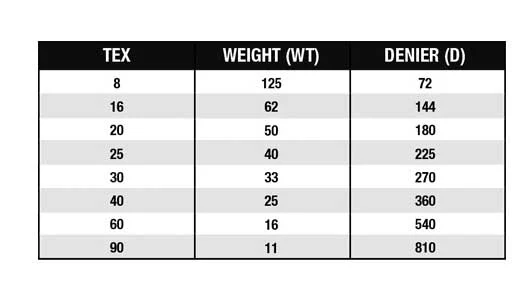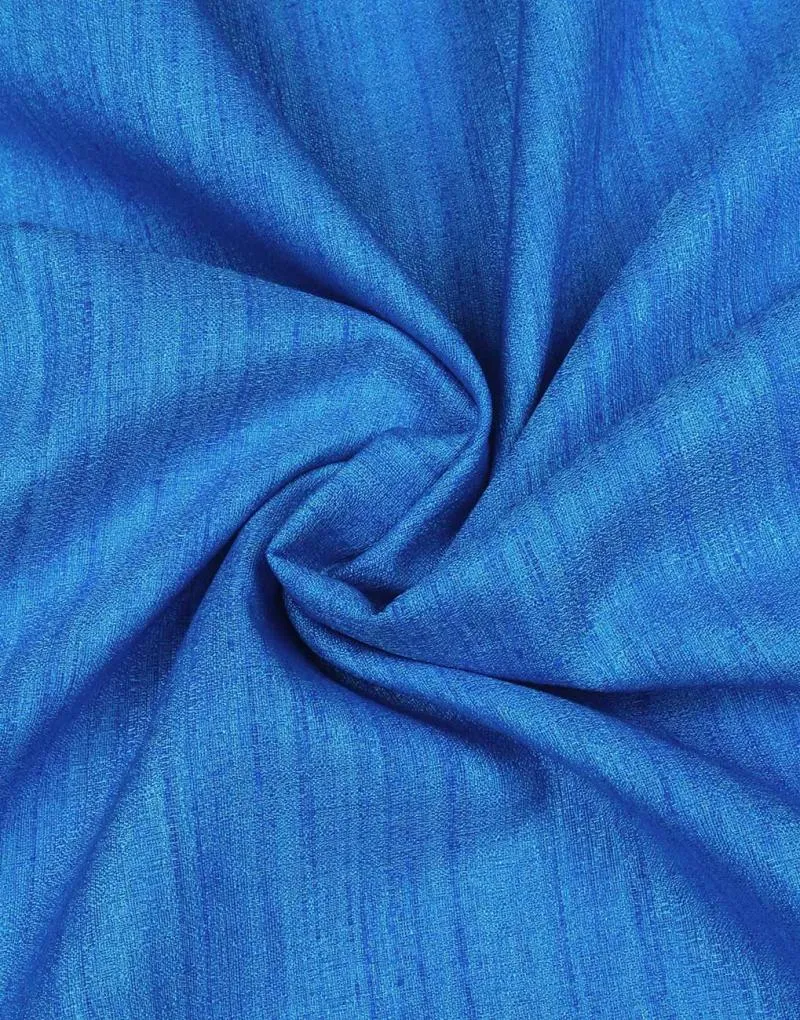
Polyester fabric stands at the heart of modern textile manufacturing versatile, affordable, and remarkably durable. From everyday casual wear to high-performance sports gear, this synthetic fibre has become a foundational building block in the global apparel industry. In this article, we’ll explore what polyester is, how it’s made, its core properties and performance, the different types available, and how it’s being used today so manufacturers, brands and consumers alike can make more informed fabric decisions.
What Is Polyester Fabric?
Polyester fabric is one of the most widely used materials in modern clothing, showing up in everything from everyday T-shirts to high-performance sportswear. Although it feels simple on the surface, polyester is actually made from long chains of synthetic molecules that give it strength and durability. Over the years, this fiber has grown into a global favorite because it is affordable, easy to care for, and incredibly versatile. Understanding what polyester is helps us see why it has become a foundation of today’s textile industry. Polyester is a synthetic fabric. Most of the time it is made from polyethylene terephthalate (PET) – the same plastic used for drink bottles and food containers.
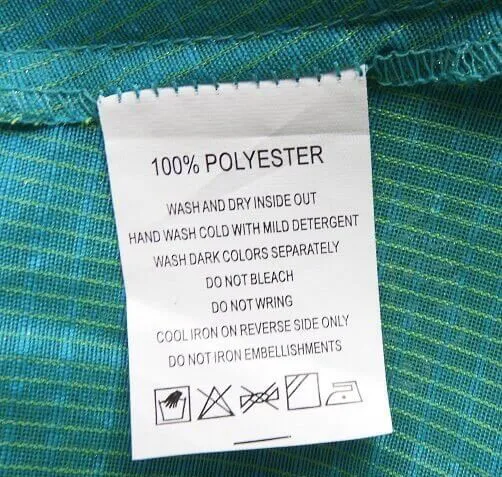
A Short History of Polyester
- 1920s–1940s – Early development: British chemists developed early polyester fibres (Terylene).
- 1940s–1950s – DuPont and mass production: DuPont in the USA turned polyester into a big commercial fibre, similar to what they did with nylon.
- Post-WWII boom: Demand for strong, easy-care fabrics grew. Polyester was marketed as a “miracle” fibre that didn’t wrinkle and dried quickly.
- Today: Polyester is the most widely used fibre globally, accounting for roughly half of the world’s fibre production and driving fast fashion growth.

Chemically, Polyester Is:
- A polymer (very long chains of repeating units)
- Built mainly from compounds in the ester family
- Usually made from ethylene (a petroleum-based chemical), though it can also be made from plant sources like sugarcane in “bio-based” versions.
In Clothing, Polyester Can Be:
- 100% of the fabric (for things like sportswear, fleeces, linings)
- Blended with cotton, viscose or other fibres to improve wrinkle resistance and reduce cost.
Because polyester is strong and cheap, it has become the dominant fibre in the world. Recent global data show that polyester alone now makes up about 59% of total fibre production, and synthetics overall account for 69%.
How Polyester Fabric Is Made (Step-by-Step):
The journey looks like this:
- Oil or gas → basic chemicals
- Chemicals → melted polymer (plastic)
- Melted polymer → small chips
- Chips → melted again and pushed through tiny holes
- Strands from those holes → fibres
- Fibres → yarn → fabric
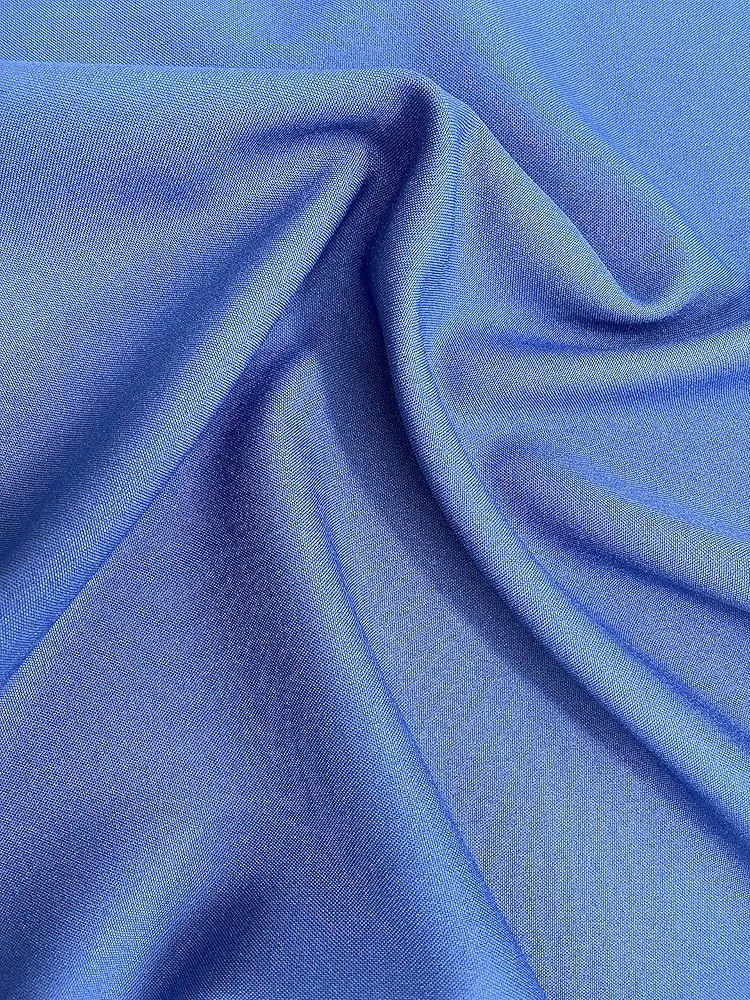
Properties of Polyester Fabric
| Property | Typical Level / Behaviour |
|---|---|
| Breathability | Medium to good (depends on yarn & fabric) |
| Moisture-wicking | High (especially engineered sports versions) |
| Heat retention | Medium |
| Stretch (give) | Medium (can be higher in knits) |
| Wrinkle resistance | High |
| Shrinkage | Low |
| Pilling | Medium |
| Strength & abrasion resistance | High |
| Drying speed | Fast (low absorbency) |
| Care | Machine washable; easy to care for |

Comfort and feel
- Can be smooth and silky (filament yarns) or cotton-like (staple yarns).
- Tends to trap heat and sweat more than natural fibres if the fabric is dense.
- Can build up static electricity and hold odour if not well finished.
Safety and heat
One important point for wearers and garment factories: Polyester melts under high heat instead of charring like cotton or wool. Molten polyester can stick to the skin and cause serious burns, which is why flame-risk environments often avoid polyester next to the skin.
Strength & Durability (High)
Polyester fibres are very strong because their molecules line up in long, stable chains.
This gives polyester:
- High resistance to tearing
- High resistance to abrasion
- Good shape retention even after long use
Example: A polyester backpack or jacket lasts far longer than a pure cotton version.
Wrinkle Resistance (Very High)
Polyester “remembers” its shape. This means:
- It doesn’t crease easily
- It doesn’t require much ironing
- It keeps its look after washing
Reason: The fibres spring back quickly due to their molecular structure.
Moisture Behaviour (Wicks, but does not absorb much)
Polyester:
- Absorbs almost no water → <1%
- Moves sweat outward if the yarn is engineered
This explains why:
- Polyester T-shirts dry fast
- Polyester sportswear feels dry even during exercise
However: If the fabric is not engineered properly, polyester may trap heat and sweat, making it feel hot in humid weather.
Breathability (Medium)
Polyester can breathe well, but it depends on:
- Fabric construction (knit vs woven)
- Yarn thickness
- Fabric density
Loose knits = more breathable – Tight weaves = less breathable
Stretch (Medium)
Polyester has natural give, but for real stretch companies usually blend it with:
- Spandex (elastane)
- Mechanical stretch yarn
Example: leggings = polyester + spandex. This gives both strength and elasticity.
Pilling (Medium)
Polyester pills when fibres rub against each other. This is common in:
- Sweaters
- Sweatpants
- High-friction areas like under arms
Finishing and yarn quality reduce this.
Odour Retention (Higher than natural fibres)
Because polyester does not absorb water deeply, sweat and bacteria sit on the surface → creating odours. Sportswear companies fix this by:
- Chemical finishes
- Anti-odor coatings
- Special yarn structures
Types of Polyester
PET Polyester (Standard Type)
This is the most common type and the one people usually mean when they say “polyester.”
- Used in clothing, home textiles, industrial fabrics
- Good balance of strength, cost, and performance
- The main driver of global polyester production
PCDT Polyester
PCDT (poly-1,4-cyclohexylene-dimethylene terephthalate) is a less common cousin of PET.
- Has better elasticity and resilience
- Feels slightly different in drape and handle
- Often used in: Upholstery, Curtains, Heavy-duty textiles
It costs more and is less common in everyday garments.
Recycled Polyester (rPET)
Recycled polyester uses material from:
- Used plastic bottles
- Old polyester garments
- Factory waste
The material is cleaned, chopped, melted, and spun again into fibres.
Conclusion / Final Words
Polyester remains one of the most influential and widely used fabrics in the modern textile world. Its impressive durability, wrinkle resistance, low cost, and versatility have made it essential in clothing, home textiles, and industrial applications. At the same time, the fibre carries important concerns — from reliance on fossil fuels to microplastic pollution and its long lifespan in landfills.
Understanding polyester deeply allows manufacturers, brands, and consumers to make smarter decisions. When we know how polyester is made, how it performs, and where its strengths and weaknesses lie, we can choose the right fabric for the right purpose. This knowledge helps us balance performance, comfort, affordability, and sustainability in a more thoughtful way.
FAQs About Polyester Fabric – Properties, Manufacturing, and Uses
In short, what is polyester made of?
Polyester is created from long chains of chemicals, most often derived from petroleum. Factories process raw materials such as ethylene glycol and terephthalic acid at high temperatures, which combine into a molten polymer. This liquid polymer is later turned into thin fibres that become fabric. In recent years, some producers have begun using plant-based sources like sugarcane, but even in those cases the material remains fully synthetic because the chemical process is the same.
Is polyester breathable?
Polyester can breathe reasonably well, but the level of breathability depends much more on how the fabric is constructed rather than the fibre itself. A lightweight knitted fabric with open spaces allows air to move through easily, while a dense woven fabric holds heat. Activewear versions of polyester perform better because they are engineered to pull moisture away and improve airflow.
Why does polyester dry so quickly?
Polyester absorbs almost no water, which makes moisture sit on the surface instead of soaking into the fibres. Because the water stays on the outside, it evaporates much faster. This is why polyester T-shirts, sportswear and travel clothes tend to dry in a short amount of time after washing.
Why can polyester feel hot or sticky?
Polyester does not hold moisture inside the fibre, so sweat stays between the fabric and the skin. If the garment is thick or the weave is tight, heat becomes trapped and the fabric can feel warm, sticky or uncomfortable in humid weather. Technical polyester fabrics are designed to reduce this issue by spreading moisture outward more efficiently.
Can polyester irritate the skin?
Polyester rarely causes true allergies, but irritation can happen if someone has very sensitive skin, if the garment uses strong dyes or finishes, or if it traps sweat and bacteria during long wear. People who are prone to sensitivity often prefer natural fibres for clothing that sits close to the body.
Does polyester shrink or stretch?
Polyester holds its shape extremely well and does not shrink easily. It has a natural ability to recover after being stretched, although it is not highly elastic on its own. When blended with spandex, polyester can become very flexible and form-fitting.
How long does polyester last?
Polyester can last many years because of its strong molecular structure. It resists shrinking, wrinkling and weakening, even with frequent washing. This long lifespan benefits consumers but also makes discarded polyester garments stay in landfills for very long periods.
Can polyester be considered sustainable?
Polyester becomes more sustainable when it is recycled, when wastewater treatment is improved, and when garments are designed to last longer. Still, the fibre itself depends on chemistry and fossil resources, so it is not fully sustainable. A more balanced approach is to use polyester where it performs best but avoid unnecessary overuse.
Why is polyester so common in clothing?
Polyester is widely used because it solves practical problems. It is durable, light, affordable and adaptable to many textures. Manufacturers can create silky fabrics, cotton-like fabrics, fleece-like fabrics and stretchy sports fabrics from the same basic fibre. This flexibility makes polyester extremely attractive for mass production.

